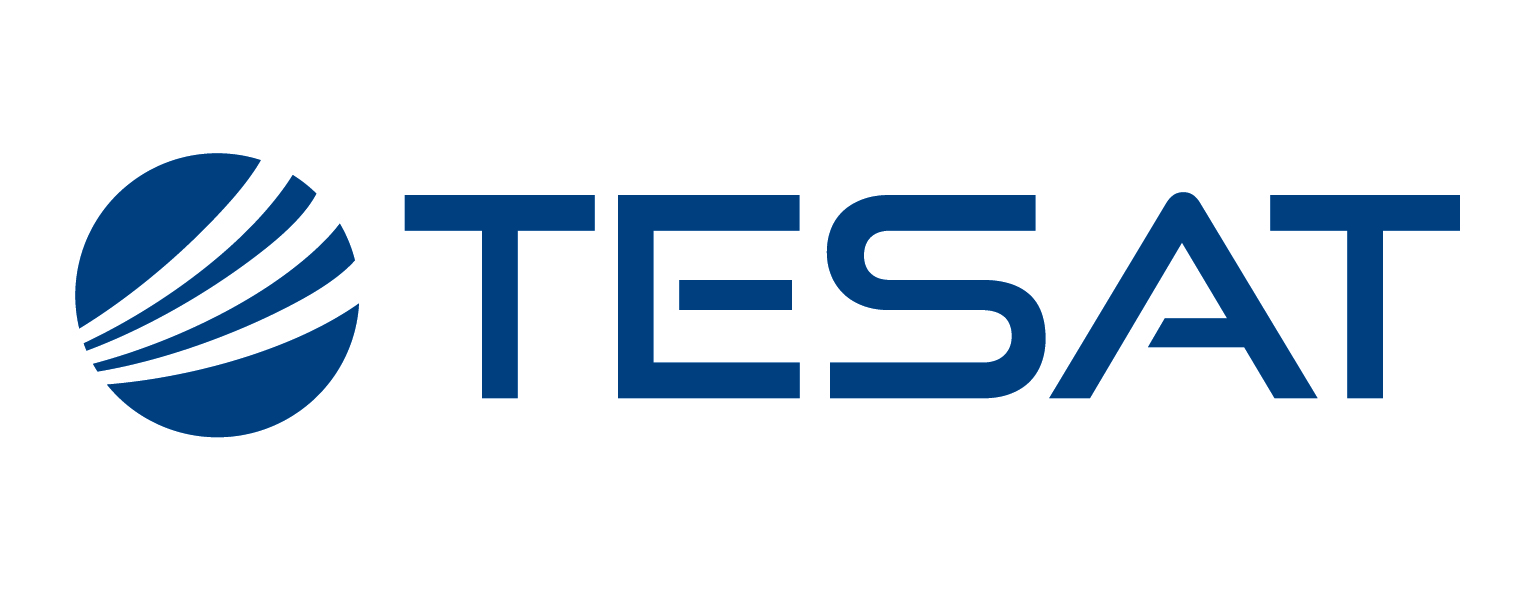-
StatusCompleted
-
Status date2024-08-16
-
Activity Code3A.117
The objective of the activity is to develop congestion-aware, Quality-of-Service-aware, multipath unicast and multicast routing and network management protocols for constellations with large number of satellites equipped with inter-satellite links (RF and optical). The protocols are implemented and tested in a testbed.
-
Development of space-ready hardware that supports routing on several Gigabit network interfaces
-
Design of effective load-balancing solutions for routing in SCNs
-
Interoperability with existing terrestrial networks
-
performance evaluation of routing protocols in large constellations with thousands of satellites
-
Handover Management and IP mobility
Current fully operational satellite services only support so-called bent-pipe channels, that simply receive data from ground and forward it to another (fixed) ground station. In contrast, the technology developed in this project allows routing the data in orbit between several satellites and delivering it directly to the destination.
State-of-the-Art satellite constellations aim to deploy a satellite network that supports in-orbit routing, with ~300 Mbps in the final deployment stage and two Inter-Satellite-Links (ISLs) per satellite. The solutions developed in this project aim to support user data rates up to 1 Gbps among four ISLs, allowing faster routes. In addition, the load-balancing and management capabilities of the routing protocols aim to ensure network operability even in the most adverse conditions.
The intended work mainly entails the development and implementation of a QoS-aware load-balancing routing protocol for a large Low Earth Orbit (LEO) Satellite Constellation Network (SCN). The resulting scheme aims to find the optimum path in a non-uniformly congested and dynamic network with different QoS classes while making the best use of the capacity. To this end, a network simulator as well as a hardware demonstrator are developed. Together, the network simulator and the hardware testbed shall allow for configurable in-depth analysis of the designed routing protocols. The selected routing solution is a dynamic and hybrid decentralized routing scheme built on Software Defined Networking (SDN) principles.
It relies on geographic information for coarse direction selection with finer path selection towards the final destination of packets. This allows a wide variety of routes to be used over long distances in a large satellite constellation. Trade-off analysis and tests have been performed to optimize the protocol parameters with benchmark comparisons to God’s Eye View routing and source routing.
Verification of the hardware devices confirms that the routing protocol can be executed on hardware representative of space processing platforms. The hardware is able to route packets correctly and react to congestion by rerouting parts of the network traffic.
Simulations have shown that the routing protocol outperforms source routing in all critical KPIs.
The project entails the development of two different performance evaluation methodologies: A hardware demonstrator that consists of the final routing hardware and a verification environment, and a network simulator capable of simulating traffic in entire Satellite Constellation Networks. The hardware demonstrator consists of the routing hardware, which is the Device Under Test (DUT), and peripheral systems that generate the test traffic and facilitate device evaluation. The DUT implements the proposed routing and management protocols in both control and data plane. It routes traffic between its four ISLs and two Earth-Satellite-Links (ESLs). The DUTs feature a modern SoC with space heritage, which runs OpenVSwitch with DPDK to accelerate the packet processing. DPDK makes use of the SoC’s DataPath Acceleration Architecture to support the link speeds required.
The simulator is a model-based, modular software simulation of the entire SCNs. It can simulate varying user distributions, traffic types and classes as well as different and dynamic network topologies. Thus, it is capable of representing the entire complexity of delivering internet connectivity via satellite networks. Results of the developed routing protocol can be compared to God’s Eye View Routing and Source Routing to evaluate the benefits of the developed routing protocol.
The project is divided into seven main work packages:
-
Output 0: Defined Reference Scenario
-
Output 1: Finalised Technical Specification
-
Output 2: Selected Technical Baseline
-
Output 3: Preliminary Design Baseline
-
Output 4: Implementation and Verification Plan
-
Output 5: Verified Deliverable Items and Compliance Statement
-
Output 6: Technology Assessment and Development Plan
Project finalised.




